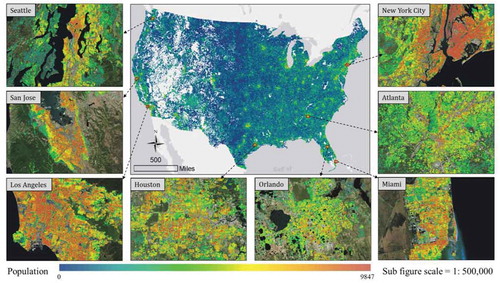Figures & data
Table 1. Summary of existing population grid products in different geographic regions
Figure 1. Distribution of microsoft building footprints and example sites (grey polygons) in the CONUS
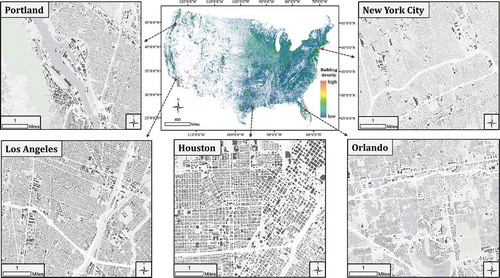
Table 2. OSM land-use statistics in the CONUS
Table 3. Six metrics of statistical measures used for accuracy assessment
Figure 2. Example population grids before and after trimming in Addison, TX. (a) Original building footprints; (b) OSM crowdsourced land-use types; (c) trimmed building footprints; (d) population grid weighted with original building footprint size; (e) population grid weighted with trimmed building footprint size
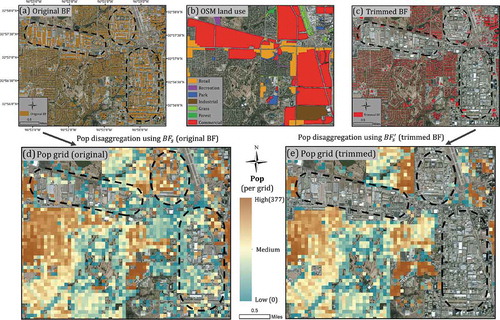
Table 4. Performance evaluation of the four weighting scenarios
Figure 3. The state-level correlation analysis: population and building count (a); population and building size (b); and the correlation between the two building statistics (c)
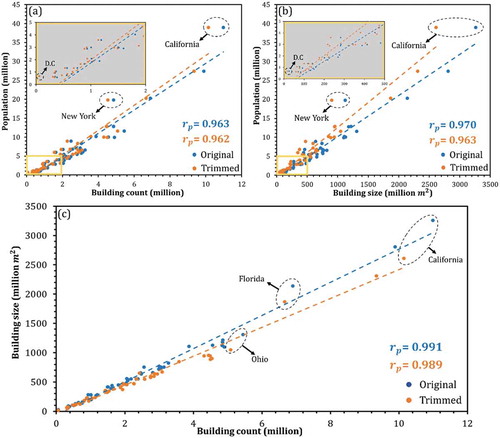
Figure 4. Performances of the four weighting scenarios in CONUS evaluated at the block group level. (a) building count; (b) building size; (c) building size*count; (d) uniform distribution in census tracts. Only trimmed building footprints are used in a-c
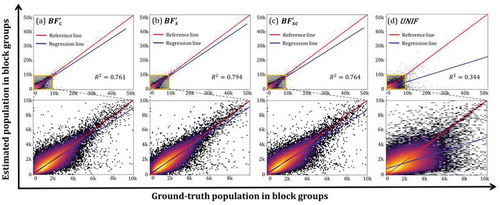
Figure 6. Scatter plot heatmap of the ground-truth population against the estimated population in block groups for 49 states (DC included) of the CONUS (dashed line represents regression line, and solid line represents the 1:1 reference line)
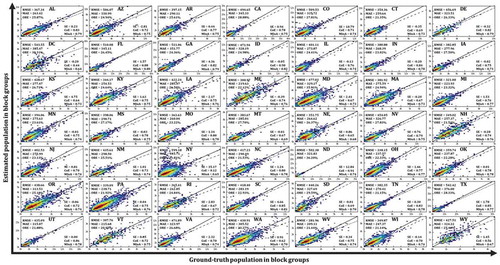
Figure 7. Six accuracy assessment metrics in the CONUS at the state level. RMSE (a); MAE (b); ORE (c); SE (d); CoE (e); and MIoA (f)
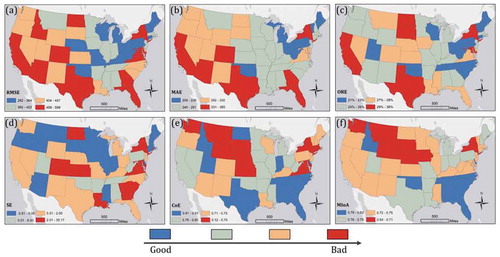
Table 5. Comparison of model performance between NYC and NY state. The metric values of the state and NYC (averaged in five counties) are highlighted in bold
Table 6. Before and after building footprint trimming
Data availability statement
The product can be visualized at http://arcg.is/19S4qK. To download the data, please visit https://doi.org/10.7910/DVN/DLGP7Y.

